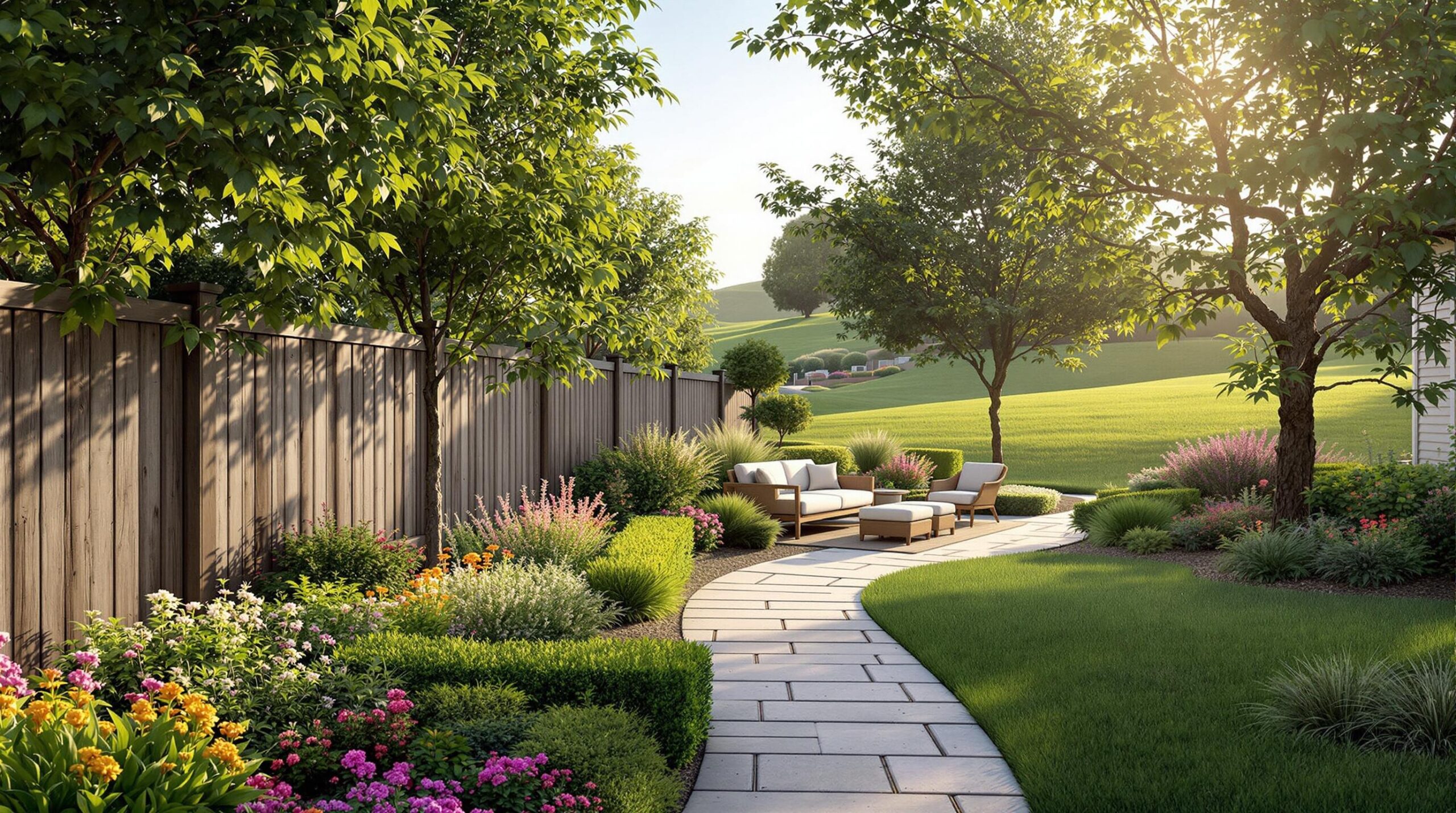Creating a tranquil outdoor space amidst the cacophony of urban life or even suburban noise pollution is a challenge many homeowners face today. By incorporating effective landscaping techniques, one can transform a bustling environment into a peaceful haven. This approach not only enhances privacy but also reduces unwanted sounds through natural means, making outdoor living spaces more enjoyable and serene. This article will explore various methods to achieve a quieter atmosphere using thoughtfully selected plants and strategic design elements.
Table of contents:
- Utilizing Plants for Sound Absorption
- The Role of Trees and Shrubs in Noise Reduction
- Using Ground Covers and Soft Surfaces to Minimize Sound
- Incorporating Structural Elements for Enhanced Noise Control
Utilizing Plants for Sound Absorption
Plants are more than mere decorative elements in a garden; they serve as natural sound absorbers and can significantly improve outdoor acoustics. The key to effective noise reduction lies in choosing a variety of vegetation and optimizing their placement. Consider the following methods:
- Opt for dense evergreen tree varieties like spruce and fir that provide year-round sound barriers 🌲.
- Layer various plant heights to create a robust acoustic shield 🌿.
- Integrate native plants that are well-suited to local climates for sustainable sound absorption 🌱.
| Plant Type | Noise Reduction Benefits |
|---|---|
| Evergreen Trees | Year-round foliage absorbs sound effectively. |
| Shrubs | Dense foliage traps noise more efficiently. |
| Ground Covers | Reduces echo by softening hard surfaces. |

The Role of Trees and Shrubs in Noise Reduction
Choosing the right trees and shrubs is crucial for those looking to combat noise pollution effectively. Dense foliage not only beautifies the landscape but also acts as a natural sound barrier. Popular choices include:
- Cedars: Their height and thickness provide excellent coverage 🍂.
- Laurel: A fast-growing shrub that can effectively muffle noise 🔇.
- Holly: It adds aesthetic value while blocking unwanted sounds 🌼.
When positioning these plants, it’s vital to consider their growth patterns and mature size. A well-planned layout with a combination of heights creates a layered effect, further enhancing sound absorption. Pairing various sizes and types will optimize the garden’s acoustics while improving overall biodiversity.
Using Ground Covers and Soft Surfaces to Minimize Sound
Ground covers such as ivy and vinca provide an additional layer of noise suppression. Their sprawling nature breaks up sound waves before they can travel further. Tips for incorporating ground covers include:
- Choose hardy varieties that can withstand foot traffic while maintaining density 🌼.
- Use soft landscaping materials like mulch to absorb additional sound reflections 🌍.
- Consider gravel paths or patios that can reduce noise compared to concrete surfaces 🍃.
| Ground Cover Type | Effectiveness |
|---|---|
| Ivy | Great for covering walls and absorbing sound. |
| Vinca | Effective for dense ground coverage and aesthetics. |
| Pachysandra | Maintains greenery year-round and muffles noise. |
Incorporating outdoor art: Unique ideas for landscape decoration
Incorporating Structural Elements for Enhanced Noise Control
While plants play a significant role in sound absorption, structural elements like fences, walls, and water features can further enhance noise reduction. Recommended strategies include:
- Consider solid wood, masonry, or concrete walls that resonate effectively with surrounding sounds 🏢.
- Integrate climbing plants on walls to soften hard surfaces and add greenery 🌲.
- Install water features to mask background noise with soothing sounds 💧.
| Structural Element | Noise Control Benefits |
|---|---|
| Fences | Highly effective at blocking sound when built with dense materials. |
| Walls | Provide significant sound deflection and absorption. |
| Water Features | Mask unwanted noise and provide a tranquil atmosphere. |
FAQs
- What types of plants are best for noise reduction? Evergreen trees and dense shrubs are ideal due to their thick foliage.
- How do ground covers help in reducing noise? They prevent sound from bouncing off hard surfaces and help create a denser layer in the landscape.
- Are structural elements necessary for noise reduction? While plants are effective, walls and water features can significantly enhance overall sound control.
- Can I design a noise-reducing garden on a budget? Yes, using native plants and DIY structural elements can help keep costs low while achieving effective results.
- How often should I maintain my noise reduction landscape? Regular maintenance, including pruning and replacing dead plants, is essential for optimal performance.















